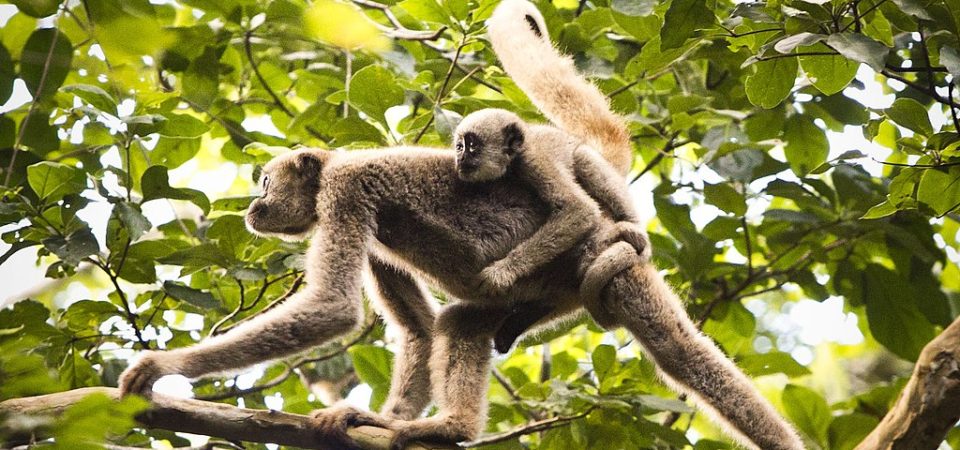Item Link: Access the Resource
File: Download
Publication Info: https://doi.org/10.1073/pnas.2306987120
Date of Publication: September 18
Year of Publication: 2023
Publication City: Washington, DC
Author(s): Gerardo Ceballos, Paul Ehrlich
Journal: PNAS
Volume: 120 (39)
Significance
We are in the sixth mass extinction event. Unlike the previous five, this one is caused by the overgrowth of a single species, Homo sapiens. Although the episode is often viewed as an unusually fast (in evolutionary time) loss of species, it is much more threatening, because, beyond that loss, it is causing rapid mutilation of the tree of life, where entire branches (collections of species, genera, families, and so on) and the functions they perform are being lost. It is changing the trajectory of evolution globally and destroying the conditions that make human life possible. It is an irreversible threat to the persistence of civilization and the livability of future environments for H. sapiens. Instant corrective actions are required.
Abstract
Mass extinctions during the past 500 million y rapidly removed branches from the phylogenetic tree of life and required millions of years for evolution to generate functional replacements for the extinct (EX) organisms. Here we show, by examining 5,400 vertebrate genera (excluding fishes) comprising 34,600 species, that 73 genera became EX since 1500 AD. Beyond any doubt, the human-driven sixth mass extinction is more severe than previously assessed and is rapidly accelerating. The current generic extinction rates are 35 times higher than expected background rates prevailing in the last million years under the absence of human impacts.
The genera lost in the last five centuries would have taken some 18,000 y to vanish in the absence of human beings. Current generic extinction rates will likely greatly accelerate in the next few decades due to drivers accompanying the growth and consumption of the human enterprise such as habitat destruction, illegal trade, and climate disruption. If all now- now-endangered genera were to vanish by 2,100, extinction rates would be 354 (average) or 511 (for mammals) times higher than background rates, meaning that genera lost in three centuries would have taken 106,000 and 153,000 y to become EX in the absence of humans. Such mutilation of the tree of life and the resulting loss of ecosystem services provided by biodiversity to humanity is a serious threat to the stability of civilization. Immediate political, economic, and social efforts of an unprecedented scale are essential if we are to prevent these extinctions and their societal impacts.
Read the full paper here or download it from the link above.
The views and opinions expressed through the MAHB Website are those of the contributing authors and do not necessarily reflect an official position of the MAHB. The MAHB aims to share a range of perspectives and welcomes the discussions that they prompt.
